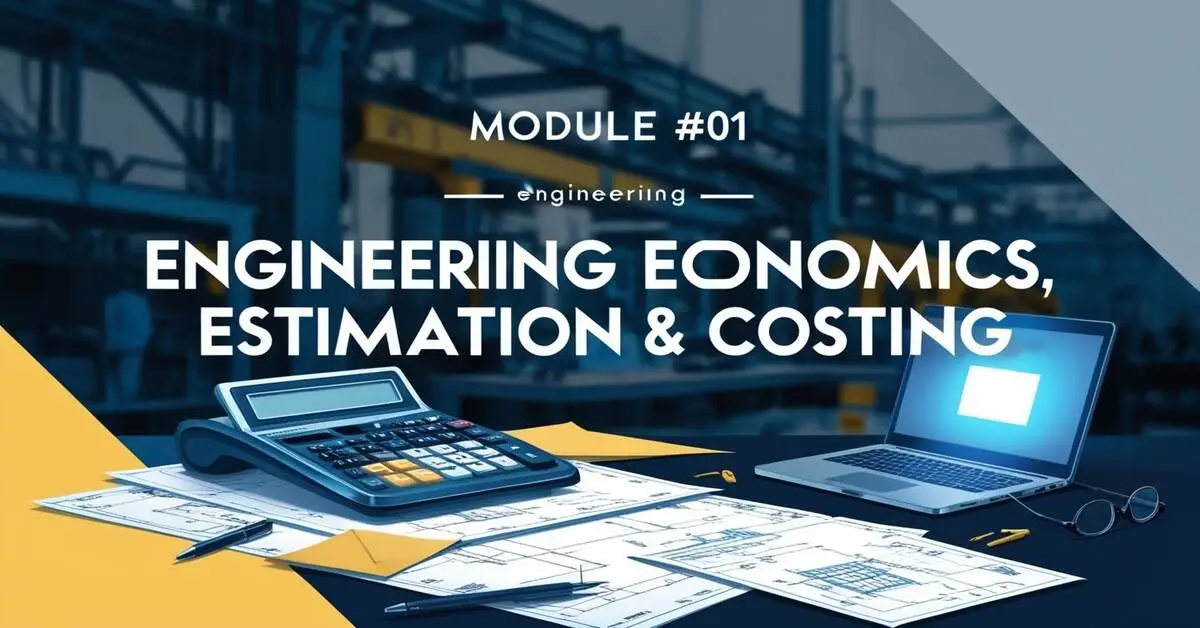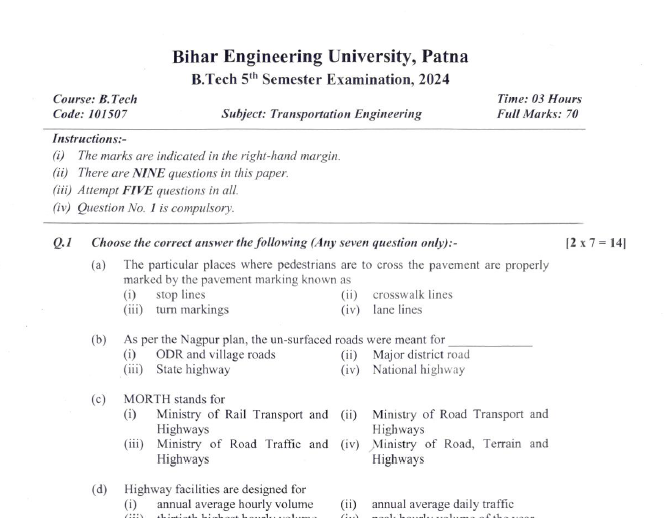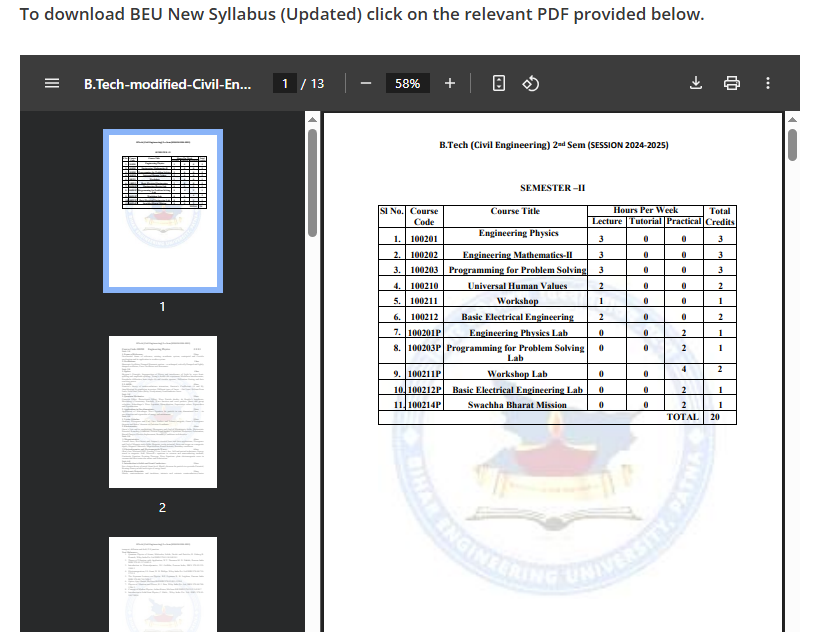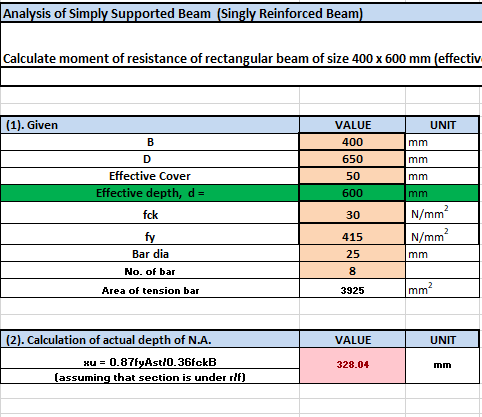This module provides a comprehensive overview of essential economic principles and methodologies that are crucial for understanding how economies function. It is designed to equip students with the foundational knowledge required to analyze economic systems, make informed decisions, and apply economic reasoning to real-world situations.
Module Outcome
By the end of this module, students will be able to
- Understand Core Economic Concepts
- Analyze Market Structures
- Apply Macroeconomic Indicators
- Understand Aggregate Demand and Supply
- Interpreting Price Indices and Interest Rates
- Evaluate Taxation System

Key Topics Covered:
- Introduction to Economy- Understanding the core economic concept in context to Indian Economy.
- Demand and Supply – Elasticity: Understanding the fundamental concepts of demand and supply, along with the elasticity of these economic forces, allows students to analyze how changes in price and other factors influence the behavior of consumers and producers.
- Government Policies and Application: This section explores how government interventions, such as taxes, subsidies, and regulations, impact markets and economic outcomes. Students will learn to evaluate the effectiveness of these policies in achieving economic objectives.
- Theory of the Firm and Market Structure: Students will delve into the behavior of firms under different market structures, including perfect competition, monopoly, and oligopoly. This part of the module highlights how market structure influences pricing, output, and overall market efficiency.
- Basic Macroeconomic Concepts: Key macroeconomic indicators such as Gross Domestic Product (GDP), Gross National Product (GNP), National Income (NI), and Disposable Income are introduced, along with the distinctions between closed and open economies. These concepts are critical for understanding the overall performance of an economy.
- Price Indices (WPI/CPI) and Inflation: This section covers the construction and interpretation of price indices such as the Wholesale Price Index (WPI) and Consumer Price Index (CPI), which are essential for measuring inflation and understanding cost-of-living changes.
- Direct and Indirect Taxes: Students will explore the different types of taxes and their economic implications, learning how taxation affects income distribution, resource allocation, and economic growth.







